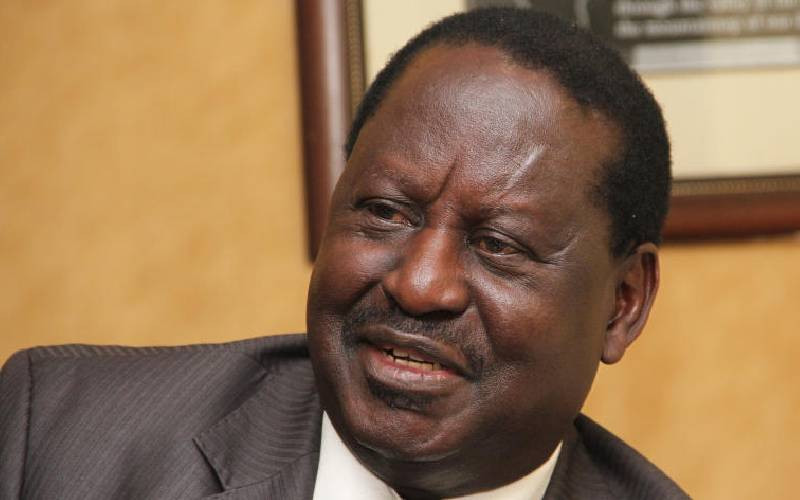×
The Standard e-Paper
Read Offline Anywhere

In the realm of politics, the elusive win-win scenario rarely materialises, with winners and losers populating life's course.
Yet, the current landscape in Kenya appears poised to grant President William Ruto a clear path in 2027 and position former Prime Minister Raila Odinga as Chairperson (or Jakom) of the African Union Commission (AUC) in 2025.